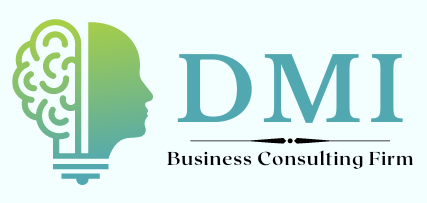Germany Self-Healing Materials Market Growth and Size, Demand, Trends, CAGR Status, Revenue, Challenges, Future Opportunities and Forecast till 2033: SPER Market Research

Self-healing materials are those that can fix damage like cracks or fractures on their own without help from outside sources. These materials are designed to return to their former characteristics after injury, extending their lifespan and lowering maintenance costs. This design is based on biological systems that have the ability to heal wounds. The ability of self-healing materials to fix damage on their own in response to particular triggers, such as heat, light, moisture, or chemical interactions, is their primary characteristic. Making self-healing materials can be done in a number of ways. These capsules burst to release the substance, which then undergoes a chemical reaction.
According to SPER market research, ‘Germany Self-Healing Material Market Size- By Material Type, By End User – Regional Outlook, Competitive Strategies and Segment Forecast to 2033’ state that the Germany Self-Healing Material Market is predicted to reach 404.64 million by 2033 with a CAGR of 9.13%.
Drivers: The market for self-healing materials in Germany is expanding significantly due to advances in material science and rising demand from industries including construction, automotive, and aerospace. In line with the industry’s emphasis on efficiency and sustainability, the incorporation of self-healing qualities into materials improves product durability and lowers maintenance costs. Technological advancements and the growing use of self-healing materials across a range of end-use industries are responsible for this increase. The European market for self-healing materials is also anticipated to increase significantly, according to a Research and Markets analysis, with Germany playing a significant role because of its robust industrial base and concentration on R&D.
Restraints: The market of self-healing materials in Germany is prevented to expand by number of obstacles from reaching its full potential. The difficulty is increased by the lack of standardized laws pertaining to self-healing materials, necessitating thorough testing and documentation to guarantee product safety and environmental compatibility. The costs are further increased by the requirement for specific knowledge for correct installation and upkeep, which limits the materials’ accessibility for broad use. These difficulties highlight the necessity of industry stakeholders working together to simplify regulatory frameworks and cut expenses in order to promote the wider adoption and incorporation of self-healing materials in Germany’s industrial landscape.
Request a Free Sample Report: https://www.sperresearch.com/report-store/germany-self-healing-materials-market.aspx?sample=1
North Rhine-Westphalia leads Germany’s market for self-healing materials due to its strong industrial base and large R&D expenditures. Some of the key market players are Covestro AG, Evonik Industries AG, BASF SE, Wacker Chemie AG, CETEC-GmbH.
Germany Self-Healing Materials Market Segmentation:
By Form: Based on the Form, Germany Self-Healing Materials Market is segmented as; Extrinsic, Intrinsic.
By Material Type: Based on the Material Type, Germany Self-Healing Materials Market is segmented as; Polymer, Concrete, Coatings, Others.
By End-Use: Based on the End-Use, Germany Self-Healing Materials Market is segmented as; Building & Construction, Mobile Devices, Transportation, Others.
By Region: This research also includes data for Eastern Region, Western Region, Southern Region, Northern Region.
For More Information, refer to below link: –
Germany Self-Healing Materials Market Growth
Related Reports:
Follow Us –
LinkedIn | Instagram | Facebook | Twitter
Contact Us:
enquiries@sperresearch.com
+1–347–460–2899







